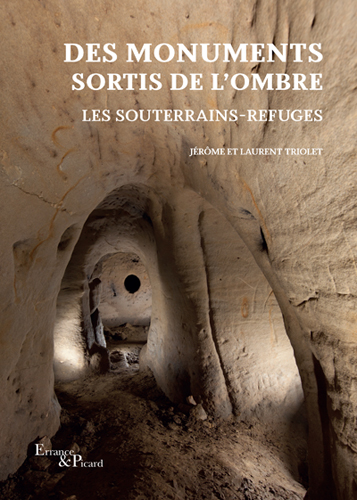
Des monuments sortis de l’ombre, les souterrains-refuges
Souterrains, known for unexpectedly appearing due to collapse, are also witnesses to a distant past. These are not simple cellars or large extraction galleries, but a category of cavities quite apart. Today there are at least 1,600 of them among thousands of others, not yet discovered or disappeared forever. In the middle of the 18th century, these unusual underground structures aroused the curiosity of some scientists. From the following century, a handful of scholars show that most of them are in fact underground shelters dug by rural populations to protect themselves during times of insecurity. Some of these pioneers insist on the ingenuity of their designers and wonder at the quality of this rock-cut architecture. But, nearly two hundred years later, underground refuges remain unknown, as if these exceptional monuments suffer from their first quality: discretion.
After years of visiting, studying and comparing them in different French regions and in other countries, Jérôme and Laurent Triolet devoted a first global study of underground refuges in 1995. Since this work, the literature relating to souterrains has been considerably enriched. With the contribution of new old texts, regional syntheses, monographs, exchanges with other researchers and numerous excavation reports, they are now addressing the issue of underground refuges in France in greater depth, with a better overview of the phenomenon and new questions. Taking an interest in underground refuges in the world also leads to consider those existing in France as the expression of an even more widespread phenomenon, which concerns various periods and continents. This new work helps to better measure the heritage value of these hidden monuments.
Des monuments sortis de l’ombre, les souterrains-refuges, Jérôme and Laurent Triolet, Errance & Picard publishing house, Arles, 2022, 17 x 24 cm, full colour book, 304 pages, 187 illustrations (143 photos and 44 figures), written in French.
|